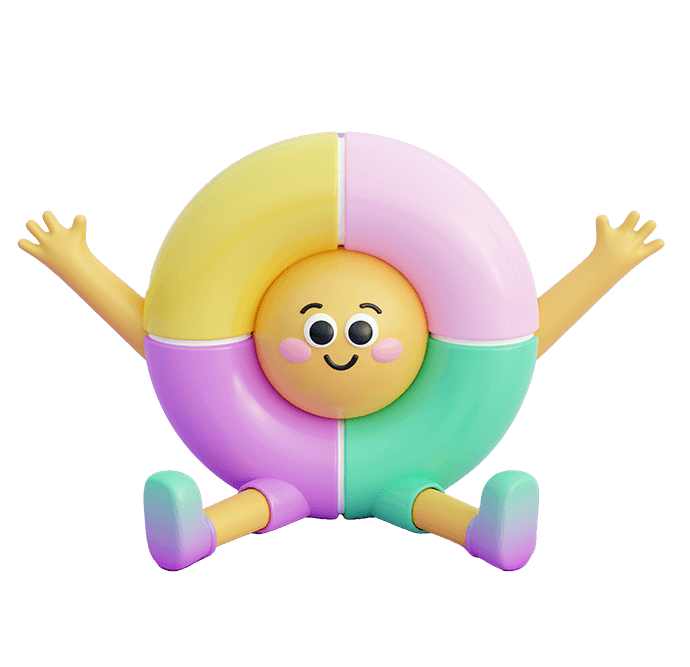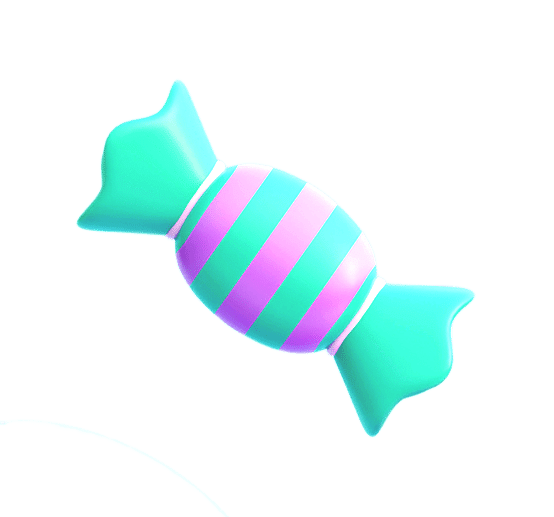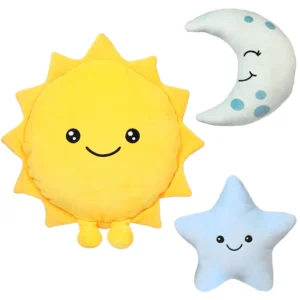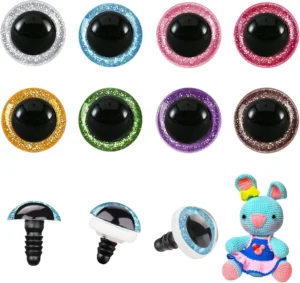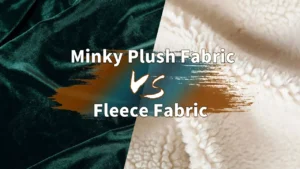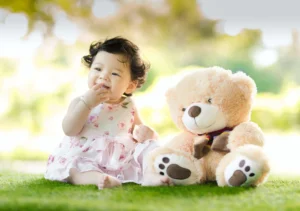Plush toys are beloved by children and collectors alike for their softness and charm. However, exposure to sunlight over time can damage these toys, affecting their look and feel. Understanding the effects of sunlight on plushies is essential to maintain their quality and lifespan.
Extended sunlight exposure causes fading of colors, weakening of fabric fibers, and changes in texture, which reduce plush toy appeal and durability. Choosing UV-resistant fabrics and applying protective care extends plush toy life and keeps them safe and attractive.
Let’s dive into how sunlight impacts plush toys and what manufacturers and consumers can do to prevent damage.
1. How Does Prolonged Sunlight Exposure Affect Plush Fabric And Colors?
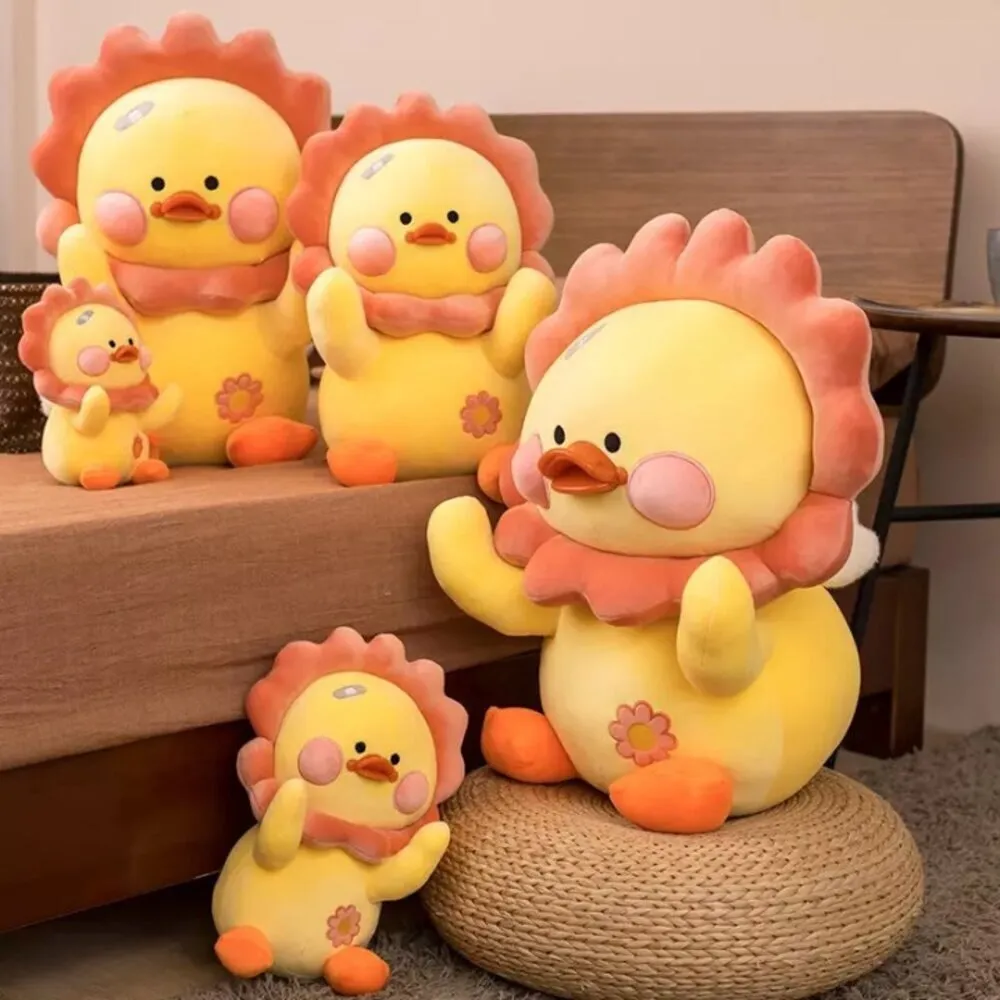
Sunlight contains ultraviolet (UV) rays that interact with the dyes and fibers in plush fabrics. Over time, this exposure can lead to visible and structural damage.
UV rays cause dyes to break down, fading bright and vibrant colors to dull shades. Simultaneously, UV radiation degrades the polymer chains in synthetic fibers, making them brittle and less flexible.
The process of fading can occur within just a few weeks of direct exposure for certain materials, significantly diminishing the toy’s visual appeal. Moreover, the fibers’ weakening results in a loss of softness and increased risk of tearing or pilling.
For manufacturers and retailers, this means that toys exposed to strong sunlight during display or storage are more prone to customer complaints and returns.
| Sunlight Effect | Description | Impact on Plush Toys |
|---|---|---|
| Color Fading | Breakdown of fabric dyes | Loss of brightness and vibrancy |
| Fiber Degradation | Damage to fiber structure | Loss of softness, brittleness |
| Texture Changes | Surface roughness increases | Reduced tactile appeal |
Being aware of these effects helps in selecting materials and advising clients about sunlight exposure.
2. What Types Of Plush Materials Are Most Vulnerable To UV Damage?
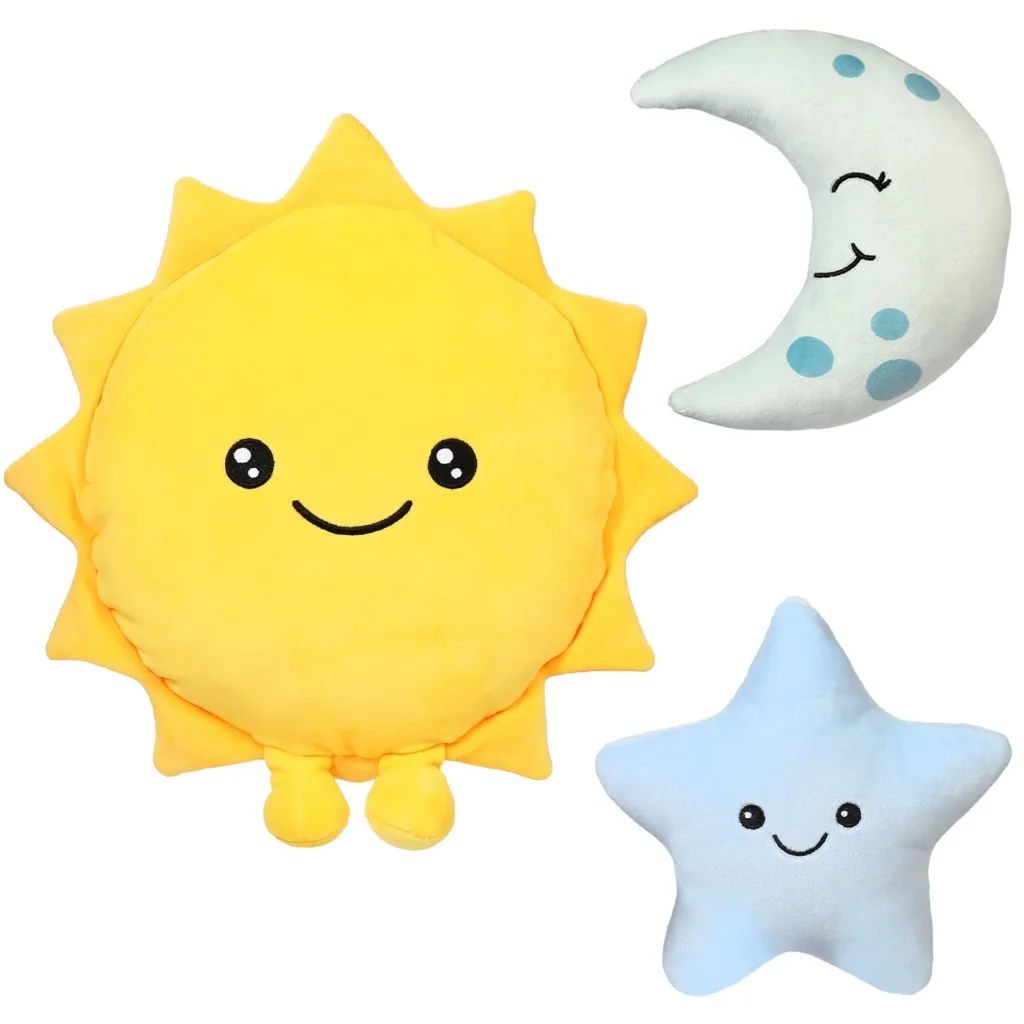
Different plush fabrics respond differently to UV light, depending on their fiber composition and dye stability.
Natural fibers like cotton and wool are more susceptible to UV degradation, while synthetic fabrics such as polyester and acrylic exhibit better UV resistance but are still vulnerable over prolonged exposure.
Cotton plush surfaces fade quickly and fibers become brittle due to UV light breaking down cellulose molecules. Wool, being a natural protein fiber, also deteriorates faster in sunlight, losing strength and softness.
On the other hand, synthetic fabrics like polyester velboa or minky are designed for durability and offer moderate UV resistance. However, even these materials may yellow or degrade if exposed for extended periods without protection.
Manufacturers often balance softness and aesthetic needs against UV durability, especially for products intended for sunny environments.
| Fabric Type | UV Susceptibility | Common Use in Plush Toys |
|---|---|---|
| Cotton | High | Natural plush surfaces, baby toys |
| Wool | High | Specialty plush, luxury toys |
| Polyester | Moderate | Standard plush fabrics |
| Acrylic | Moderate | Plush alternatives |
Selecting fabrics with appropriate UV resistance extends plush toy usability outdoors or near windows.
3. How Does Sunlight Impact The Durability And Texture Of Stuffed Toys?
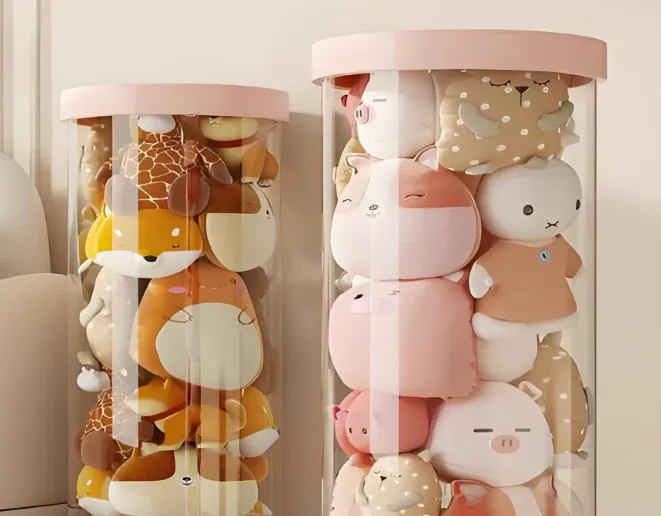
Beyond visual fading, sunlight affects the physical integrity and feel of plush toys.
UV radiation causes photo-degradation, which breaks molecular bonds in fibers, resulting in fabric weakening, loss of elasticity, and a harsher texture.
Prolonged exposure may cause plush fabric to feel rough, dry, and less inviting to touch. This deterioration increases the likelihood of fiber shedding, pilling, and seam failures.
Such texture changes reduce the toy’s sensory comfort and shorten its usable life, negatively affecting customer satisfaction and brand reputation.
| Sunlight Effect | Description | Consequence |
|---|---|---|
| Photo-Degradation | Molecular breakdown in fibers | Weakened fabric and seams |
| Texture Alteration | Loss of softness and fluffiness | Reduced tactile quality |
| Increased Wear | Higher susceptibility to damage | Shortened product lifespan |
Manufacturers must consider these factors when designing plush toys for sunny environments or long-term durability.
4. What Protective Measures Can Extend The Lifespan Of Plushies In Sunlight?
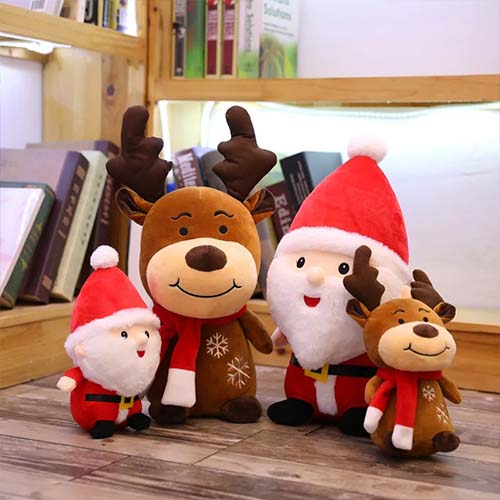
There are several effective ways to protect plush toys from harmful UV damage during production, storage, and retail display.
Applying UV-resistant coatings, choosing UV-stable fabrics, and avoiding direct sunlight exposure extend plush toy lifespan and maintain appearance.
Manufacturers can treat fabrics with UV inhibitors during finishing to slow fading and fiber breakdown. Retailers should position toys away from windows or use UV-filtering films on display cases. Consumers are advised to keep toys indoors and out of direct sunlight.
Packaging materials with UV-blocking properties also protect toys during shipping and storage.
| Protective Strategy | Description | Benefits |
|---|---|---|
| UV Protective Coatings | Chemical treatments on fabric | Slows fiber and dye degradation |
| Strategic Display | Avoid direct sunlight exposure | Prevents rapid fading |
| UV-Filtering Packaging | Special materials to block UV rays | Protects during transit |
| Proper Storage | Indoor, shaded areas | Reduces UV exposure |
Implementing these protective measures maintains plush quality and customer satisfaction over time.
5. How Can Manufacturers Test Plush Toys For UV Resistance?
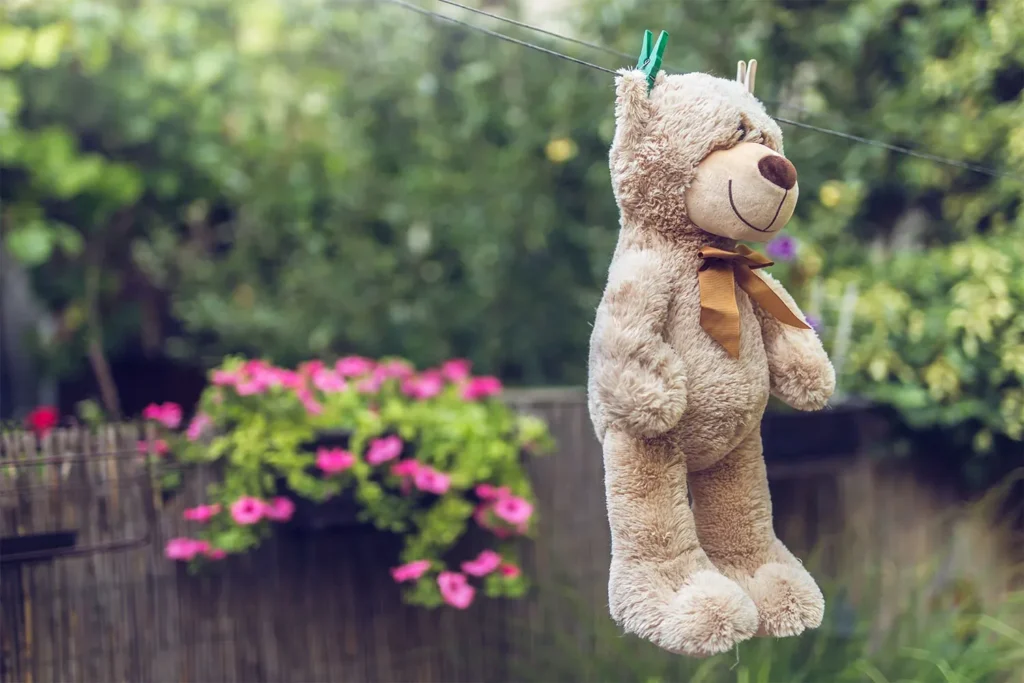
Testing for UV resistance ensures plush toys meet durability expectations and reduce failure rates post-sale.
Standardized laboratory tests simulate prolonged sunlight exposure to assess colorfastness, tensile strength, and texture retention after UV irradiation.
Colorfastness tests, such as ISO 105-B02, measure how well fabric dyes hold up under UV light. Tensile strength tests determine whether the fabric retains mechanical properties after exposure.
Manufacturers use accelerated weathering chambers to replicate years of sunlight in weeks, enabling quick quality assessments and material selection.
| Test Type | Purpose | Outcome |
|---|---|---|
| Colorfastness Testing | Measures dye durability under UV | Select fade-resistant fabrics |
| Tensile Strength Testing | Assesses fabric strength post UV | Ensures fabric resilience |
| Accelerated Weathering | Simulates long-term sun exposure | Predicts product lifespan |
Using these tests allows manufacturers to optimize materials and meet consumer durability expectations.
6. What Are The Best Storage And Display Practices To Prevent Sunlight Damage?

Proper storage and display practices play a key role in protecting plush toys from sunlight damage.
Displaying toys in shaded or indoor locations, using UV-filtering window films, and storing toys in breathable containers prevent harmful UV exposure.
Retailers should avoid placing products in direct sunlight or near windows. Protective films on storefront glass reduce UV transmission. Consumers benefit from storing plush toys in well-ventilated, shaded areas to maintain fabric integrity.
Proper storage also reduces moisture buildup, further protecting toys.
| Best Practice | Description | Benefit |
|---|---|---|
| Indoor/Shaded Display | Keep toys away from direct sun | Prevents UV-related damage |
| UV-Filtering Films | Apply on windows and display cases | Reduces UV rays |
| Breathable Storage | Use fabric or mesh containers | Prevents moisture retention |
| Cool, Dry Environment | Avoid heat and humidity | Preserves fabric strength |
Following these practices enhances plush toy durability and customer satisfaction.
Sunlight can cause serious damage to plush toys, but choosing UV-resistant materials and proper care significantly extends their beauty and life.
For tailored manufacturing advice and UV-resistant plush fabrics, contact Amanda at [[email protected]] or visit [https://plushtoyinchina.com].

